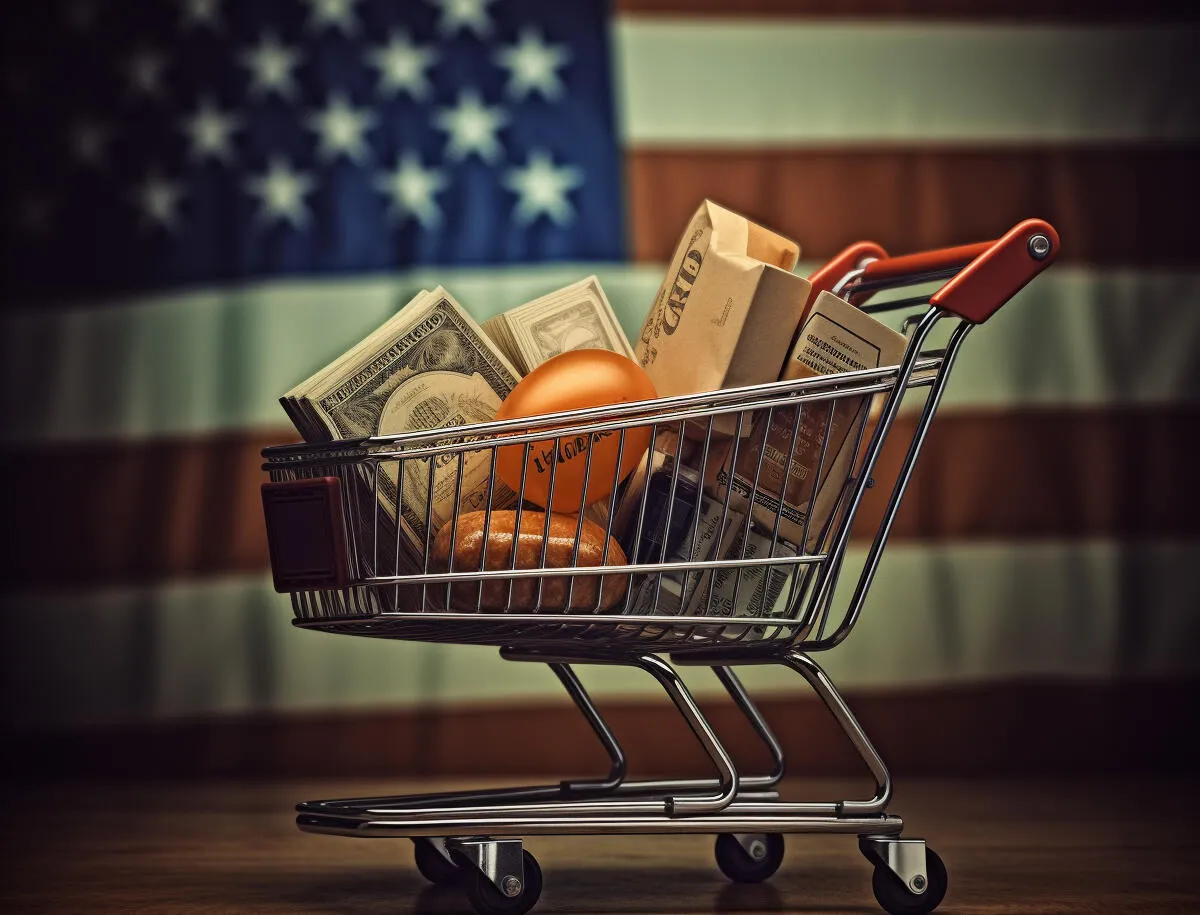Fed's Inflation Measure at 2.2% in August Highlights Slowing Price Growth

Fed’s Key Inflation Measure Below Expectations
In August 2024, the Federal Reserve’s preferred inflation gauge, the personal consumption expenditures (PCE) price index, increased by just 0.1%, and 2.2% year-over-year, slightly below market forecasts of 2.3%. The Core PCE, which strips out volatile food and energy prices, also saw a modest 0.1% rise month-over-month, in line with a projected 0.2% increase. These subdued inflationary pressures suggest that inflation may be cooling faster than anticipated, which could have implications for the Federal Reserve’s interest rate policies.
Income and Spending Growth Slow
Personal income in August rose by 0.2%, an increase of $50.5 billion, according to the Bureau of Economic Analysis. This marked a slowdown compared to earlier months in 2024, which saw more robust growth. Disposable personal income (DPI) also increased by 0.2%, or $34.2 billion, reflecting modest wage gains and offset by declining income from assets.
Consumer Spending Trends
Consumer spending, which is a key driver of the U.S. economy, increased by 0.2% in August, in line with market expectations but below July’s 0.5% rise. The increase in spending was primarily driven by services, which rose by $54.8 billion, while spending on goods fell by $7.6 billion, with a notable decline in motor vehicle purchases.
Decline in Goods Prices
Goods prices fell by 0.2% in August, contributing to the lower inflation print. Energy prices saw a sharp decline of 0.8%, while food prices edged up by just 0.1%. Meanwhile, prices for services increased by 0.2%. Year-over-year, goods prices were down 0.9%, while service prices were up 3.7%, showing inflationary pressure in services remains persistent.
Personal Savings Rate Holds Steady
Personal outlays, which include personal consumption expenditures, interest payments, and transfer payments, rose by $48.3 billion in August. Despite this increase, the personal savings rate remained unchanged at 4.8%, suggesting that consumers are still cautious with their spending amid economic uncertainties and softer wage growth.
Market Forecast
With inflation lower than expected and growth in income and spending slowing, the outlook is cautious in the short term. The deceleration in inflation could signal that the Federal Reserve might pause future rate hikes, but the mixed economic signals suggest potential softening in consumer demand. Traders should remain vigilant, particularly in sectors tied to consumer spending and services.
This article was prepared using information from open sources in accordance with the principles of Ethical Policy. The editorial team is not responsible for absolute accuracy, as it relies on data from the sources referenced.